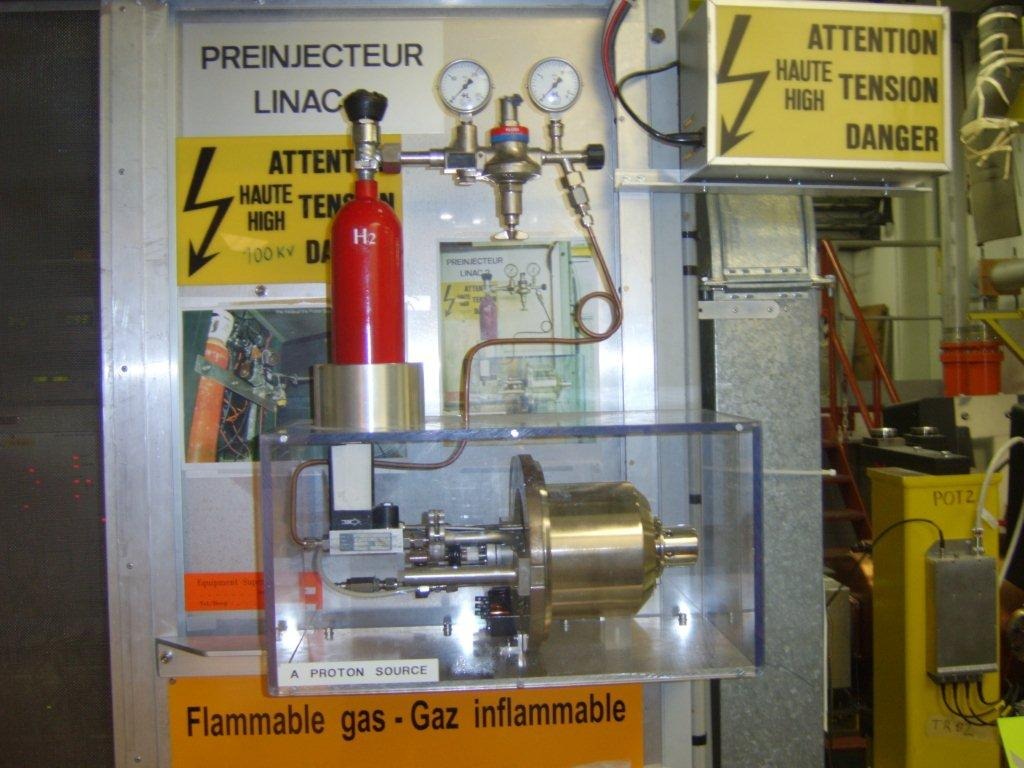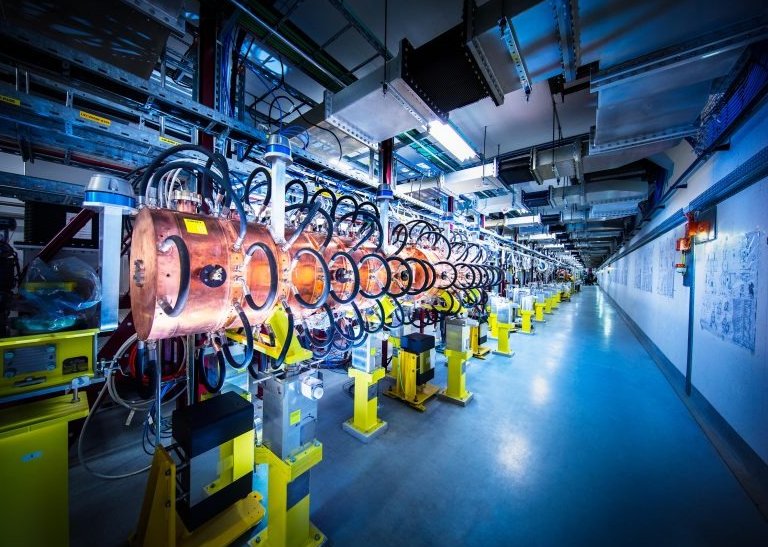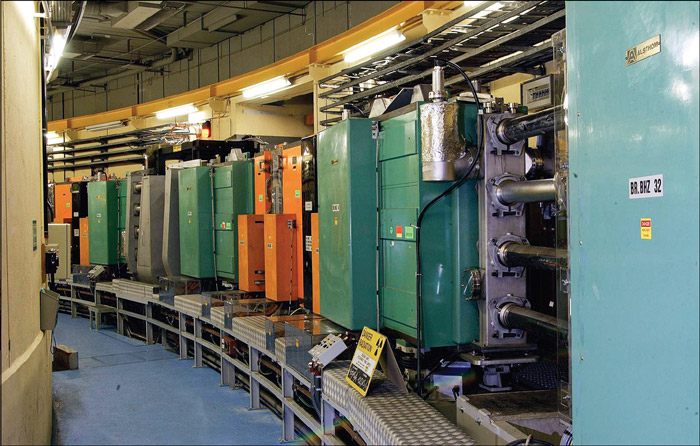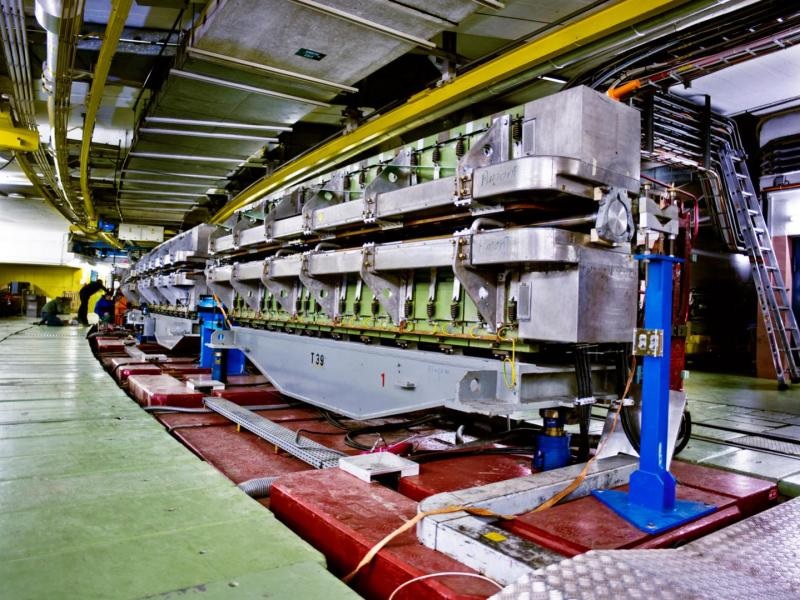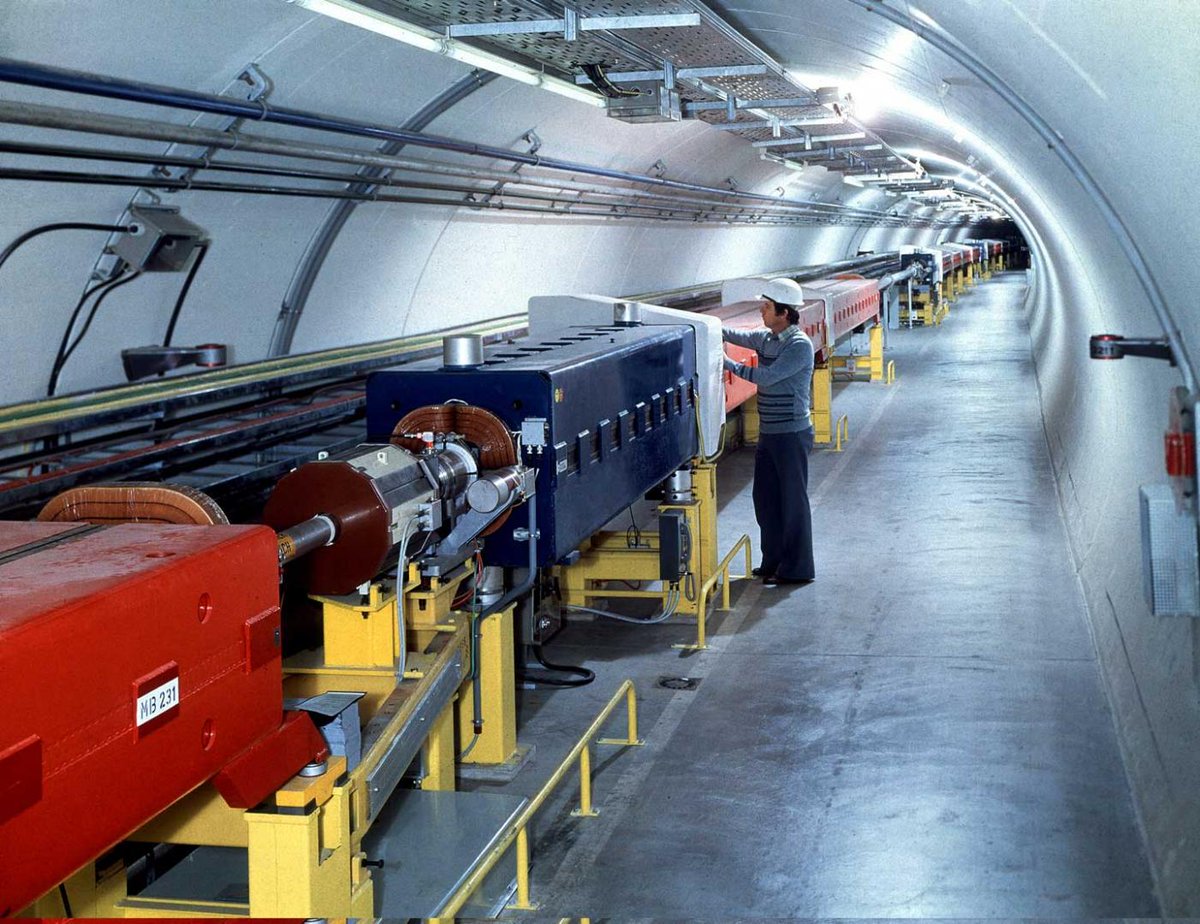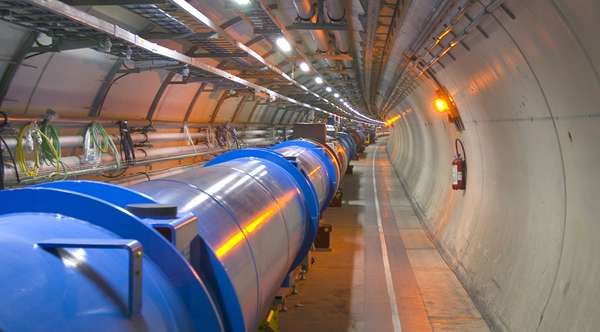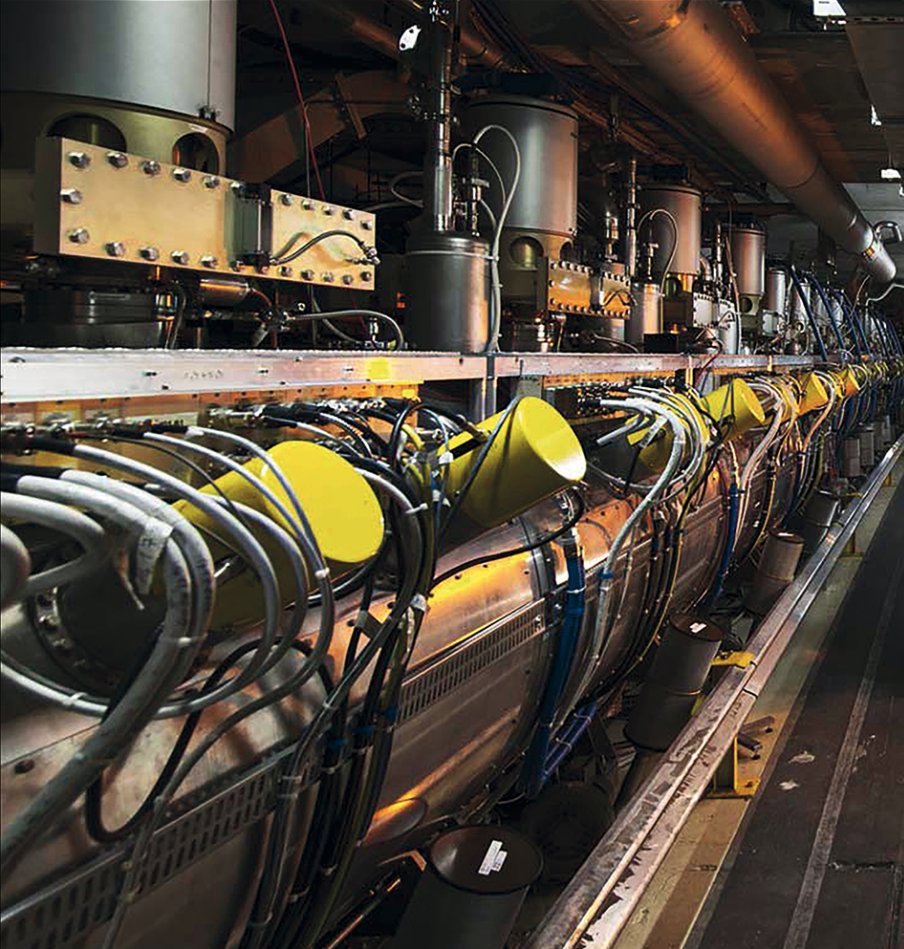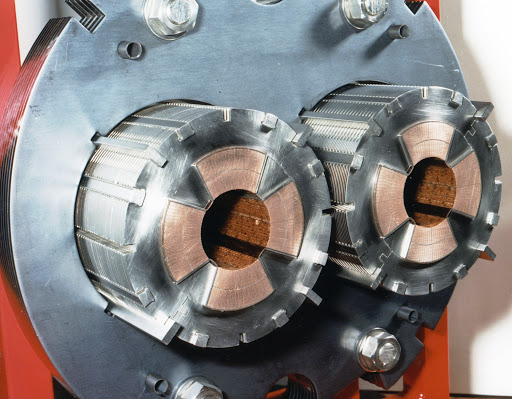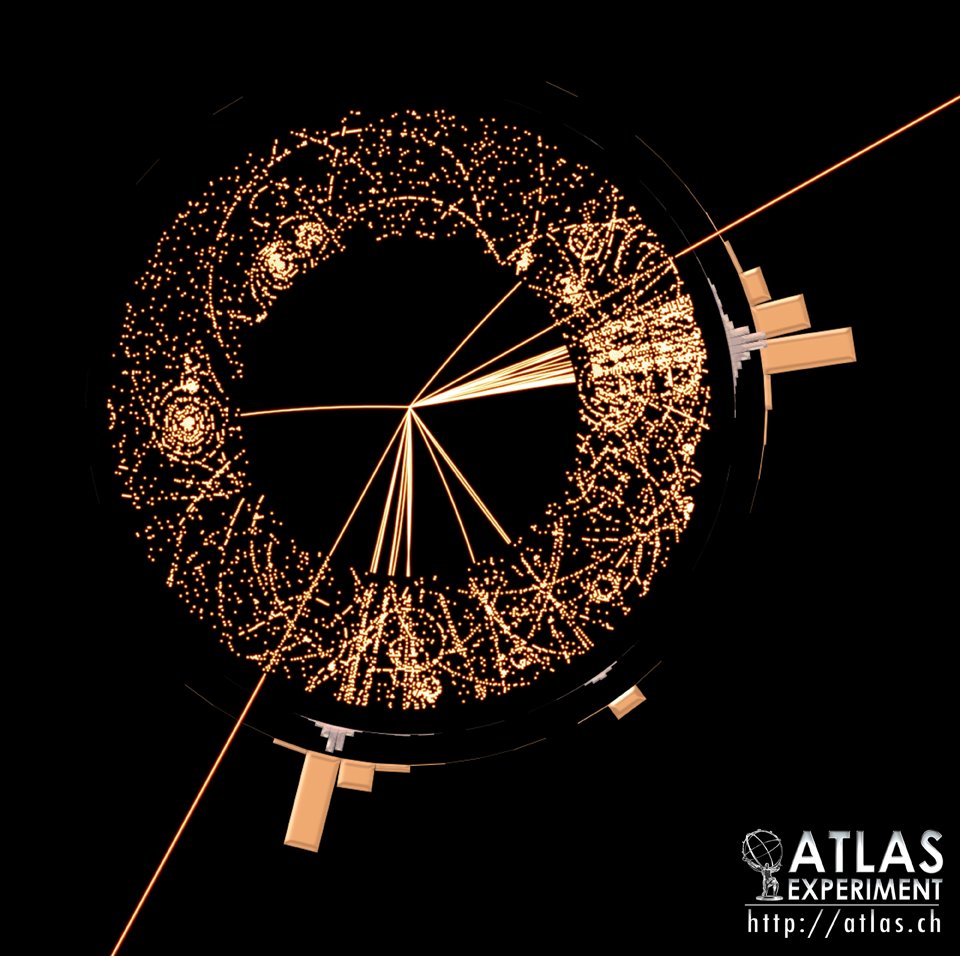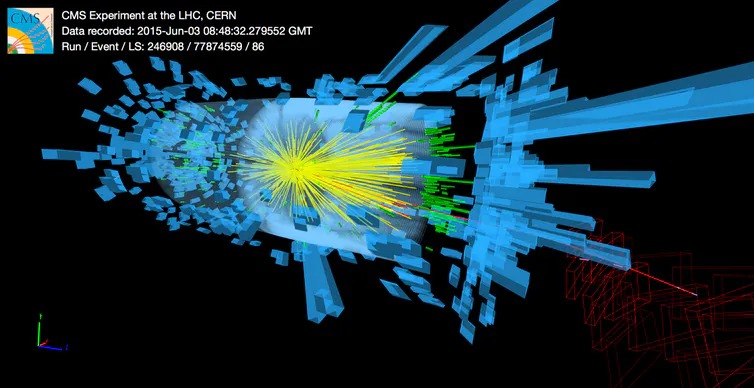12 years ago today on 10 September 2008, the world's largest particle accelerator, the #LHC, came online! In honour of this anniversary, today I present a thread of:
@MileyCyrus AS STAGES IN THE @CERN ACCELERATOR COMPLEX
It all starts with a simple bottle of hydrogen gas!
@MileyCyrus AS STAGES IN THE @CERN ACCELERATOR COMPLEX
It all starts with a simple bottle of hydrogen gas!
2) The 86 meter long #Linac4 is the first accelerator in the chain! It takes negative hydrogen ions (a hydrogen atom with an additional electron) from the source and accelerates them up to 160 MeV!
Linac4 will replace the old Linac2 from next year.
https://home.cern/science/accelerators/linear-accelerator-4
Linac4 will replace the old Linac2 from next year.
https://home.cern/science/accelerators/linear-accelerator-4
3) Just before entering the Proton Synchrotron Booster (PSB), the hydrogen ions are stripped of their two electrons, leaving just protons. Four superimposed synchrotron rings collect the protons and accelerate them to 2 GeV!
https://home.cern/science/accelerators/proton-synchrotron-booster
https://home.cern/science/accelerators/proton-synchrotron-booster
4) The protons come out of the booster and into the Proton Synchrotron (PS), a 628 metre long ring consisting of 277 conventional (room-temperature) electromagnets! It accelerates the protons to 25 GeV.
https://home.cern/science/accelerators/proton-synchrotron
https://home.cern/science/accelerators/proton-synchrotron
5) After the PS the protons are injected into the Super Proton Synchrotron (SPS), @CERN's second largest machine, and the one that was used in the discovery of the W and Z particles! The SPS accelerates the protons to 450 GeV and then...
https://home.cern/science/accelerators/super-proton-synchrotron
https://home.cern/science/accelerators/super-proton-synchrotron
6) Finally, the protons enter the Large Hadron Collider! 27km long and 100m underground, the #LHC has 1232 blue superconducting dipole magnets (16m long!) whose job is to curve bunches of protons around and around the ring in opposite directions.
https://home.cern/science/accelerators/large-hadron-collider
https://home.cern/science/accelerators/large-hadron-collider
7) The real action happens at just one point around the ring where the 16 radiofrequency cavities are. Once the #LHC is filled with protons, the RF cavities accelerate the protons from 450 GeV up to almost 14 TeV, very very close to the speed of light!
https://home.cern/science/engineering/accelerating-radiofrequency-cavities
https://home.cern/science/engineering/accelerating-radiofrequency-cavities
8) Dipoles aren't the only magnets used in the #LHC, however. 858 quadrupole magnets help keep the beam nicely focused, keeping the protons tightly bunched up so that the greatest number of collisions can occur.
https://www.lhc-closer.es/taking_a_closer_look_at_lhc/0.magnetic_multipoles
https://www.lhc-closer.es/taking_a_closer_look_at_lhc/0.magnetic_multipoles
9) Once the protons have all been accelerated and the beam is stable, it's time for them to collide! Proton-proton collisions happen at 4 points around the #LHC ring, sending sprays of new particles into @ALICEexperiment @ATLASexperiment @CMSExperiment and @LHCbExperiment.
10. After the protons have been colliding for about half a day or more, it's time to dump the beam. The Beam Dump is a special absorber that stops the protons, equivalent in energy to stopping a train travelling at 150 km/h!
https://home.cern/news/news/accelerators/ls2-report-consolidation-lhcs-external-beam-dumps
https://home.cern/news/news/accelerators/ls2-report-consolidation-lhcs-external-beam-dumps

 Read on Twitter
Read on Twitter
